10 Incredible Space Pictures That Will Blow Your Mind

Space is big. Really big. And humans have been capturing images of it since the 1940s. Not only do these incredible photos give us vital scientific clues as to what lies beyond our own planet, they also provide a jaw-dropping account of the mysterious beauty of space. From images captured by early rockets to snaps shared by astronauts on social media, the selection of photos taken in space is well, astronomical.
Featuring everything from the iconic moon landing to our first glimpse at Pluto’s surface, we’ve rounded up 10 incredible space pictures that will blow your mind…
Moon landing
While often mistaken for Neil Armstrong, this sensational image from the Apollo 11 moon landing shows second man on the moon Buzz Aldrin walking on the lunar surface. Taken by Armstrong, the photo captures the remarkable day in 20th Century history when the ‘Eagle’ lunar module landed in the Sea of Tranquility on 20 July 1969. (NASA)
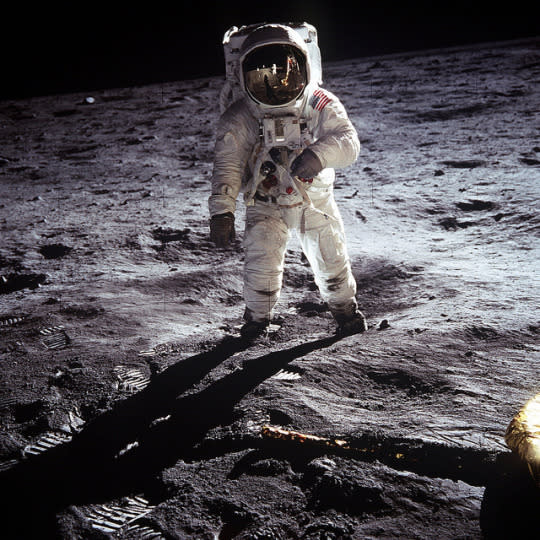
Pale Blue Dot
This image is part of the first ever portrait of the solar system and was taken by the Voyager 1 space probe in 1990. Dubbed ‘Pale Blue Dot’, the historic photo shows Earth as a tiny pixel-sized blue dot set against the vast backdrop of space. The image was taken at the request of astronomer and Carl Sagan once the probe had completed its mission. Sagan later wrote a book about humans and space exploration, inspired by the image. (NASA JP)

Earth Rise
The crew of Apollo 8 were not only the first to fly a manned mission around the moon, they were also the first humans in history to witness an ‘Earth rise’. Taken by astronaut William Anders, this incredible image was taken on Christmas Eve 1968 and shows our home planet rising over the lunar surface. It is considered to be one of the most influential environmental photographs ever taken. (NASA)
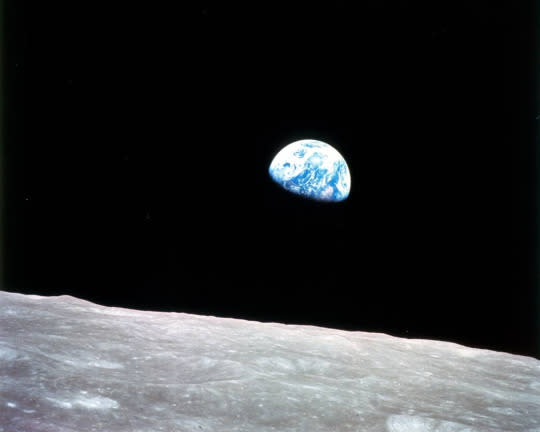
The first American spacewalk
Although Russia beat the USA when Alexey Leonov carried out the very first spacewalk, Ed White made history when he became the first American to brave the void of space, attached to his spacecraft only by a 25-foot tether. After floating out of the Gemini 4 capsule, the astronaut carried out a 23-minute EVA (Extravehicular Activity) or ‘spacewalk’ and said that that receiving the order for it to end was the ‘saddest moment’ of his life. White was tragically killed when the Apollo 1 capsule was engulfed with flames during an engine test on the launchpad. (NASA)
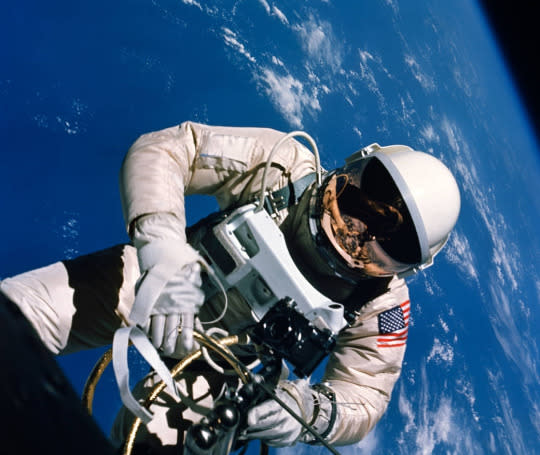
Pillars of Creation
One of the most iconic images captured by the Hubble Space Telescope, the famous ‘Pillars of Creation’ photo actually comprises 32 separate images taken from four different cameras. Created by interstellar gas and dust in the Eagle Nebula, the jaw-dropping columns were snapped 7,000 light years away from Earth. To celebrate Hubble’s 25th anniversary, a larger and higher resolution image was assembled and unveiled in 2015. (NASA)
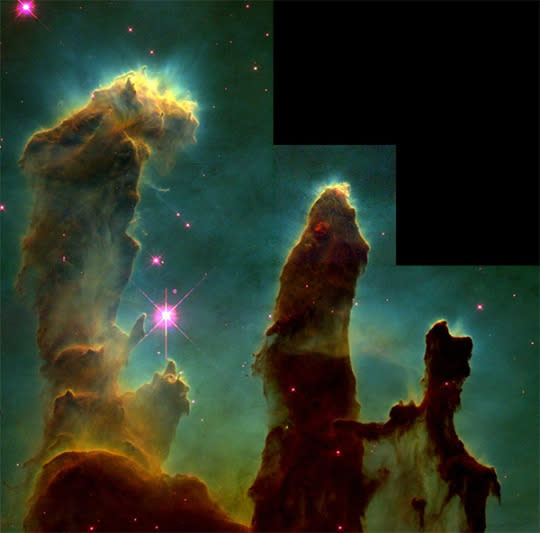
First untethered spacewalk
While it may look like a still from ‘Gravity’, this incredible photo shows American astronaut Bruce McCandless making history in 1984 as the first human to go it alone in space. Using a jet-propelled backpack known as the Manned Manoeuvring Unit or MMU, McCandless was able to ‘free-fly’ 320 away from the Challenger space shuttle, venturing further away from his spacecraft than anyone ever had before. (NASA)
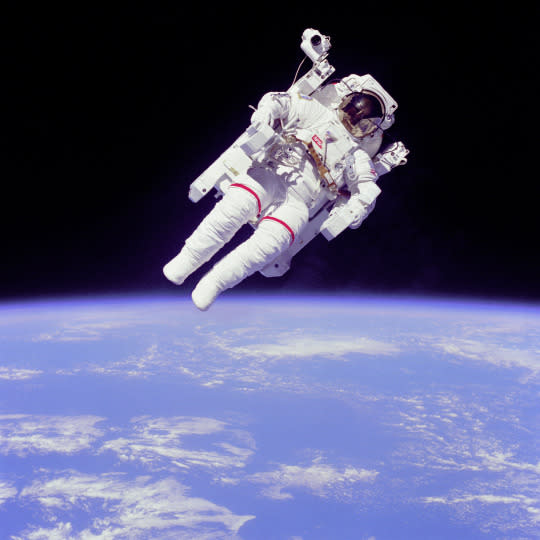
Horsehead nebula
This outstanding image won Bill Snyder the ‘Deep Space’ prize in last year’s Astronomy Photographer of the Year contest. The pink-hued photo shows the famous Horsehead nebula - one of the most-photographed objects in the night sky - in amazing detail, pushing the boundaries of astrophotograhy and showing how incredible deep space can look. (Bill Snyder/Insight Astronomy Photographer of the Year)
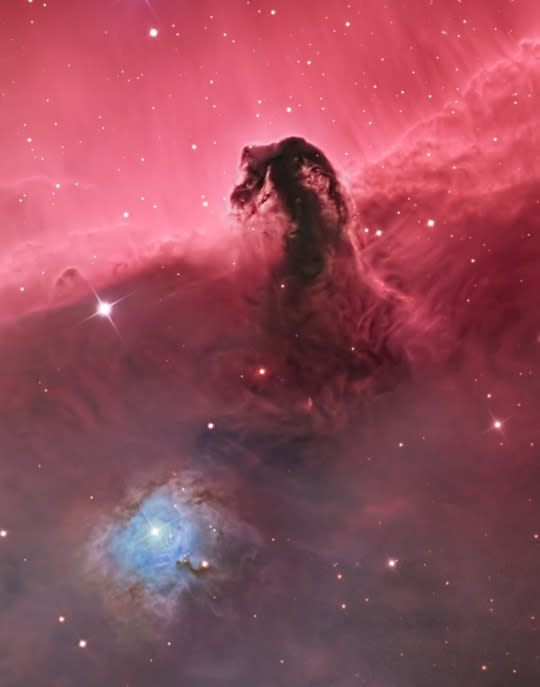
Pluto
July 2015 marked the first time that humans were able to get a good look at the surface of Pluto when NASA’s New Horizons probe finally made it to the ‘dwarf’ planet after launching back in 2006. Taken by the spacecraft’s Long Range Reconnaissance Imager (LORRI), the incredibly detailed image will help scientists to study the planet’s long, complex geological history. (NASA/APL/SwRI)

The Milky Way
Photographer Andrew Whyte captured this gorgeous shot of the Milky Way, showing that it’s possible to appreciate the wonders of space while still safely back on Earth. Taken at Brecon Beacons National Park - one of the 92 ‘Dark Sky Sites’ across the UK - the awe-inspiring view shows the galaxy that contains our solar system along, with an estimated 100 billion planets. (Andrew Whyte/Sony/REX)
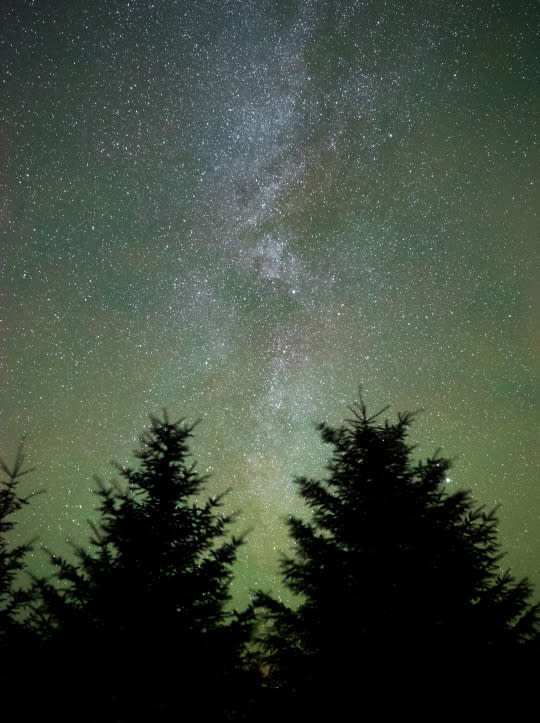
The Northern Lights
This spectacular image of the Aurora Borealis was captured by American astronaut Terry Virts, from the International Space Station, approximately 223 nautical miles above Earth. Taken while the ISS was in orbit over a point south of Australia, the image captures the solar arrays of the space station and shows that the Northern Lights look even more incredible from space. (NASA)
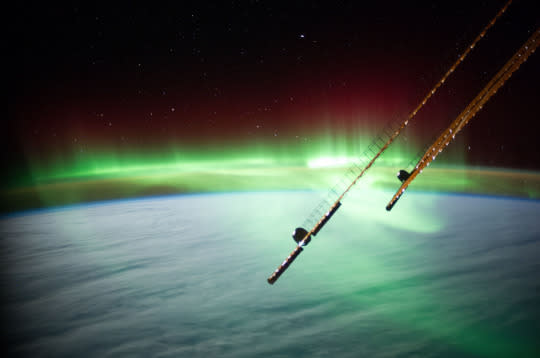

 Yahoo News
Yahoo News 
